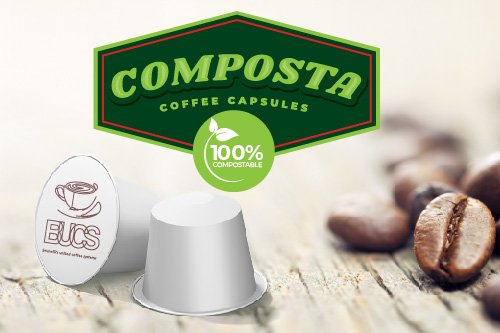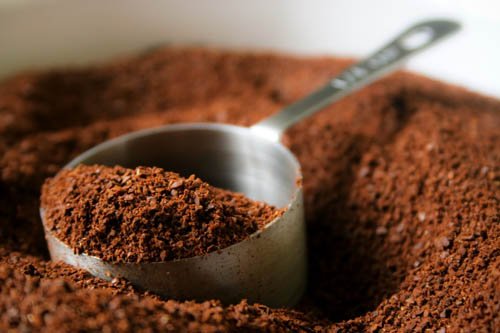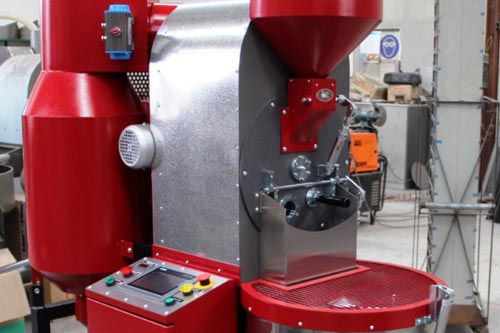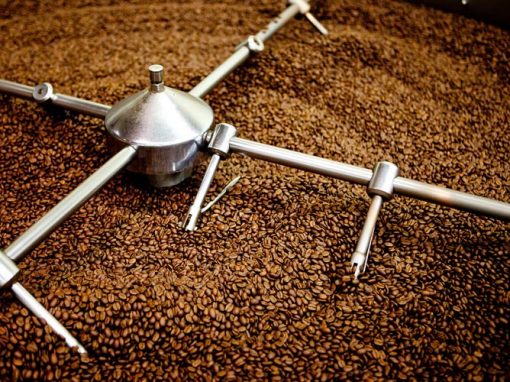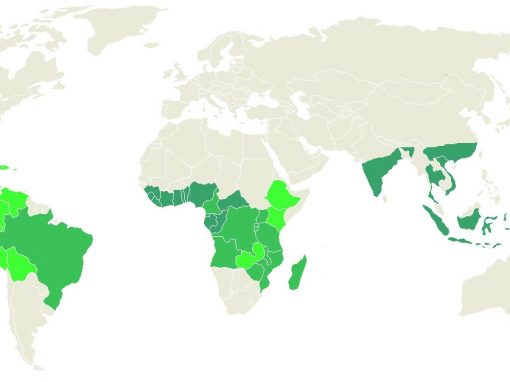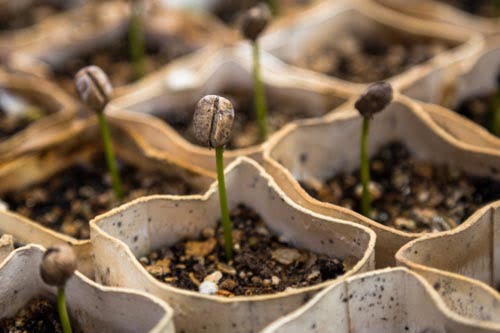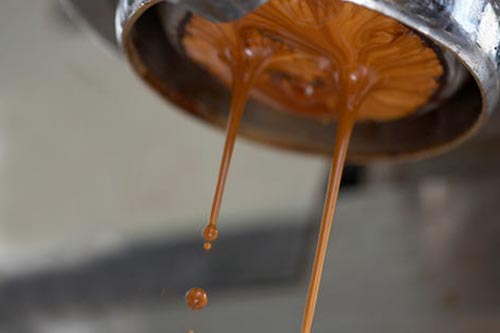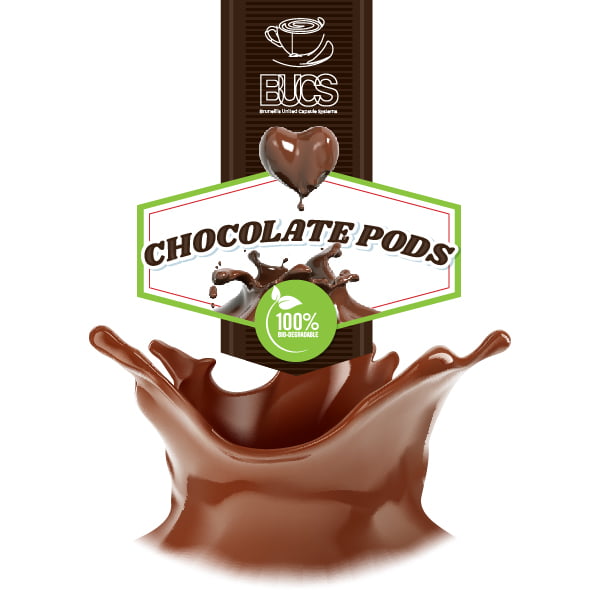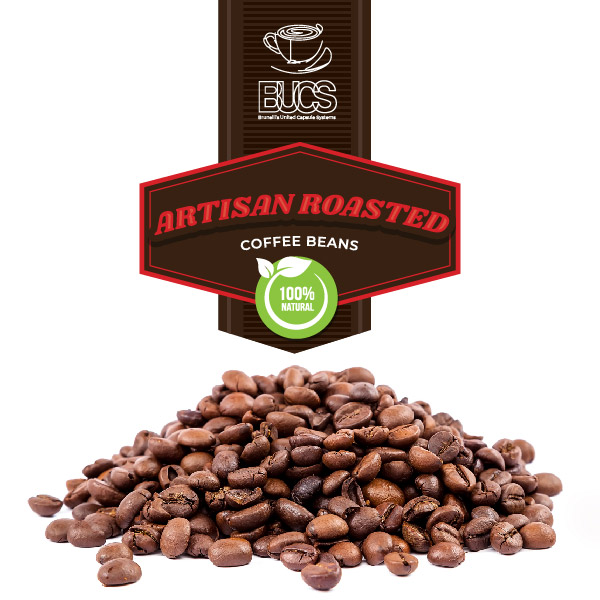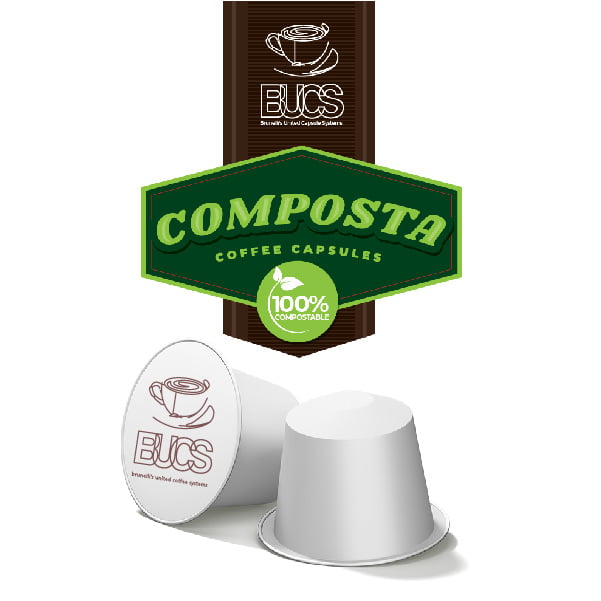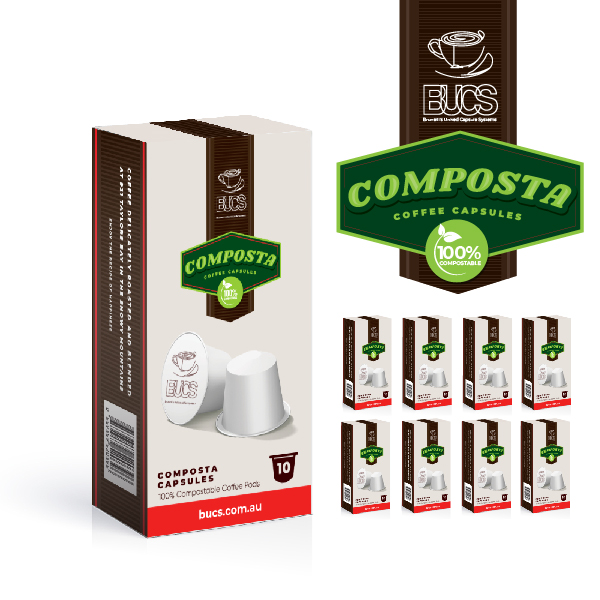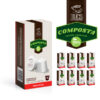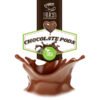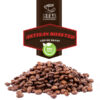
the green choice
Earthbags
Earthbags have been specifically designed to give an environmentally friendly packaging solution.
Our brown bags are made of recycled paper and have a corn based, 100% natural bio film that is a renewable resource, and most importantly, they are compostable.
Perennial Packaging’s Open Head Pails
High quality metal pails offer strength and durability to contain and transport your products safely, whether you are packaging dangerous goods or non hazardous goods.
Choose from standard sizes ranging from 2L through to 25L and add your choice of closures, fittings and decorative finishes.
Quick Facts about our Tinplate Open Head Pails
- Australian Work Cover compliance for the safe containment and transportation of Dangerous Goods
- UN Dangerous Goods approved to Packaging Groups II and III
- Heavier grade tinplate gauge, up to 0.45mm thickness
- Full UV lithographic metal printing available in up to six colours
- Can be nested or palletised for storage and space efficiency
KEEP CUP
from Keep Cup
NOT JUST DESIGNED IN AUSTRALIA, MADE IN AUSTRALIA
Many people don’t realise most disposable cups are lined with polyethylene and have a polystyrene lid so there is enough plastic in 28 disposable cups and lids to make one small KeepCup. So even though KeepCup is made from plastic – KeepCup is about less plastic.
Here is why :
- Low embodied energy in manufacture: The resources required to manufacture plastic are relatively low, this means that you only have to use it 15 times to break even with paper cups in terms of the energy manufacture and use.
- Lightweight and unbreakable: For you to carry our product around it has to be lightweight, ergomonic and unbreakable.
- Colourful: The ability to choose a unique, personal colourway for yourself increases the desirability of the KeepCup, and increases your likelihood of remembering and reusing.
- Dishwasher safe: Makes cleaning easy.
- Recyclable at end of life: The KeepCup is made from single component materials to facilitate recycling at end of life. Polypropylene is being targeted as a great material capable of being recycled into consumer goods. There are lots of clever people doing exciting things in this space.
- Weight and freight: Being lightweight and stackable has a significant impact on the environmental costs of shipping and freight. The ability to ship components for local assembly also decreases the environmental impact of the KeepCup.
We considered glass, because of the excellent recycling properties and the pleasure of use, but the commitment to volume was enormous and the breakeven much higher, 1000 uses compared to 15 for plastic.
We stock a large range of KEEP CUPS
Visit us in-store at Brunelli’s Perisher Centre or at The Royal Easter Show.
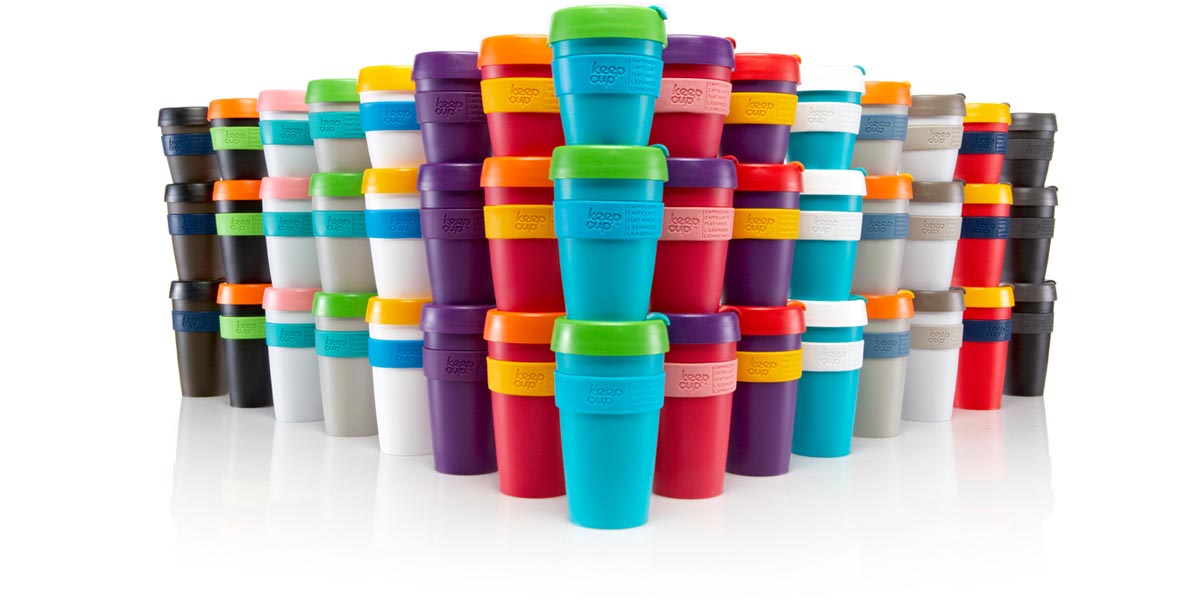
Environment friendly and efficient coffee machines
Thanks to the “energy save” technology we save energy during operation. You reduce your operating costs and protect the environment.
Recycling used Coffee Grounds
• Coffee grounds from homes and cafés are an excellent addition to a compost pile. The grounds are relatively rich in nitrogen [about 2% in volume] providing bacteria the energy they need to turn organic matter into compost.
• Contrary to popular belief, coffee grounds are not acidic, after brewing, the grounds are close to pH neutral. The acid in the beans is mostly water soluble, so it’s been drawn into the coffee during extraction/brewing. Grounds contain potassium, sulphur, magnesium and calcium as well as nitrogen.
• If collecting coffee grounds in the café, remember to make sure that nothing else is mixed in with the grounds – no empty sugar sachets, cups, napkins etc. Grounds can be collected over 3 – 4 days and kept in a bin or garbage bag.
Using Coffee Grounds in the Garden
• When adding coffee grounds into the soil, add a little nitrogen fertilizer as well and keep the soil damp. The coffee grounds encourage the growth of microbes in the soil which are nitrogen users. While microbes are breaking down the grounds, the extra nitrogen will provide a source of nutrients for the plants.• If spreading the grounds on the soil surface, break up any clumps then cover them with a sprinkling of leaves or bark mulch.
• Add grounds to your compost or mulch pile, ideally layering one part leaves to one part fresh grass clippings to one part coffee grounds, by volume. Turn once a week and use after three to six months.
• Keep in mind that un-composted coffee grounds are NOT a nitrogen fertilizer. Coffee grounds have a carbon-to-nitrogen ratio of about 20 to 1, in the same range as animal manure. On their own, they need between 3 – 4 months to break down.
• Small amounts of used coffee grounds can be put in worm farms but make sure the grounds are damp and ideally mix in some other worm friendly waste.
• This all helps keep landfill down and plants healthy!
BUCS - taste the difference
Some Interesting Coffee Information?
